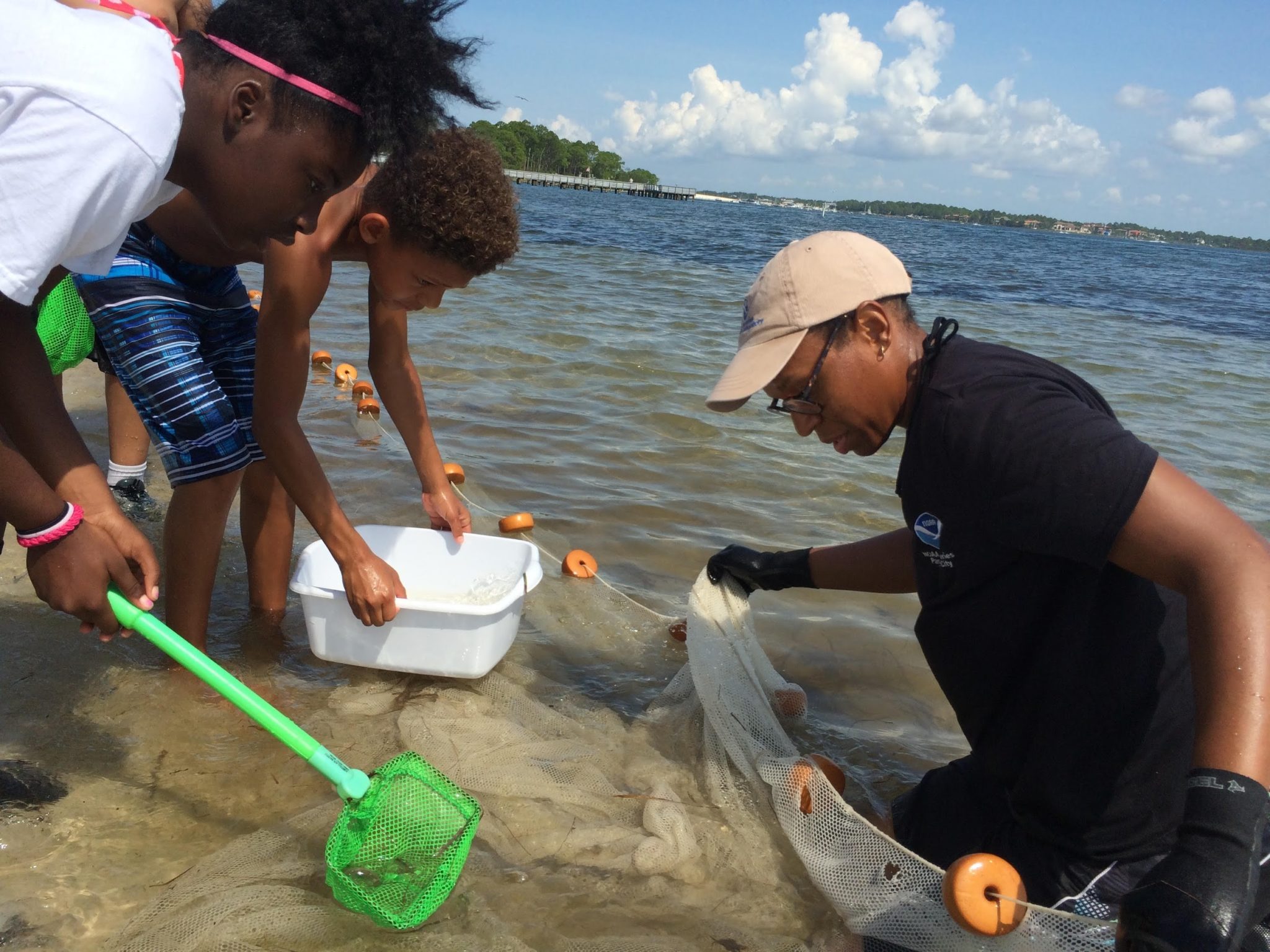
Back in April, NOAA Office of Education partnered with the U.S. Department of Education and the National Marine Sanctuary Foundation (the Foundation) in a new program to bring environmental STEM experiences to students and educators all across the country. The NOAA-21st CCLC Watershed STEM Education Partnership grants program was issued by the Foundation to enable NOAA partners to deliver STEM experiences to students at 21st Century Community Learning Center (21st CCLC) program sites in the Spring and Summer of 2017.
This was the result of these programs.
The NOAA Office of Education, U.S. Department of Education, and the Foundation partnered together in this program to usher in a new era of ocean stewards and provide children with real-world learning that supplements their in-class education on the environment and other STEM subjects.
The Foundation awarded grants totaling $500,000 to be split amongst seventeen environmental-STEM pilot projects. Thirty-seven 21st CCLC sites in fifteen different states across the country hosted these special environmental projects, impacting over 1,600 students and approximately 180 educators. Students– even those who don’t live near a large body of water–had the opportunity to get involved and learn about watershed ecosystems that are vital to our environmental health and why conserving them is so important.
The NOAA-21st CCLC Watershed STEM Education Partnership delivered authentic STEM experiences that use components of the NOAA Bay-Watershed Education and Training (B-WET) program’s meaningful watershed educational experiences. They also use NOAA resources to increase students’ and educators’ understanding and stewardship of watersheds and related ocean, coastal, and Great Lakes ecosystems. These projects have included activities such as salmon recovery in Puget Sound, learning about watershed health, and introducing students to STEM careers and jobs for their futures.
The 21st CCLC program is the largest out-of-school program in the nation and offers academic enrichment opportunities for children, particularly students who attend high-poverty and low-performing schools. With programs like these, students get out into nature and learn about their local environment and its importance to their lives in a real-world setting. Getting the chance to explore, learn, and see these watersheds in action inspires hope and the will to learn more about them and the environment as a whole.
Thanks to NOAA Ocean Today, The Gigawatt Group, and our grantees for assistance in the production of this video!
